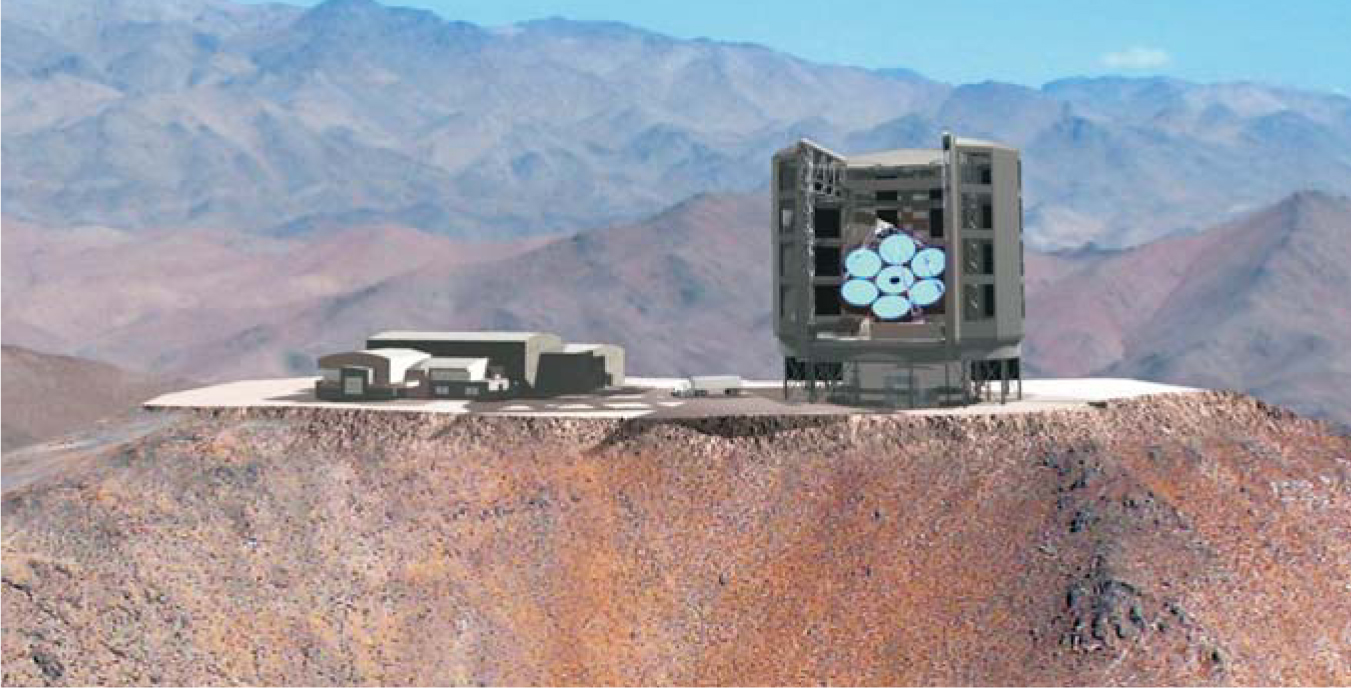Korea joins giant telescope
DOI: 10.1063/1.4797089
On 6 February, South Korea joined the Giant Magellan Telescope (GMT). The country’s Daejeon-based Korea Astronomy and Space Science Institute (KASI) is the ninth partner and represents the second non-US country in the 25-m optical–IR project spearheaded by the Carnegie Institution for Science.
South Korea will contribute about 10% of the estimated $700 million total construction cost; so far $130 million has been committed. One of three huge telescopes in the works globally (see Physics Today, September 2008, page 28
Assuming money is raised, construction is set to start in 2012 and the telescope would see first light at its Las Campanas site in the Andes Mountains of Chile in 2019.

The Giant Magellan Telescope.
(Artist’s rendering courtesy of Todd Mason/Mason Productions.)

More about the Authors
Toni Feder. American Center for Physics, One Physics Ellipse, College Park, Maryland 20740-3842, US . tfeder@aip.org
